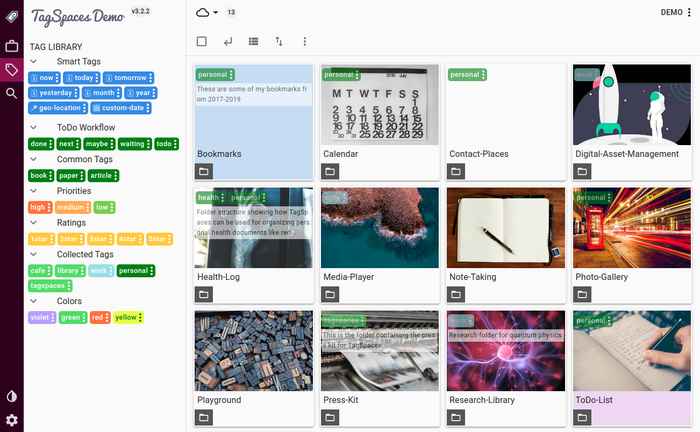

This will allow you to create your own custom metadata display. To customize schemas to your own workflow, click Metadata Display in the panel drop-down menu. Naturally, this is way more metadata information than you would ever need, and some of it is not specific to video. A schema is a collection of metadata properties specific to a certain workflow, whether that is photography, copyright, script, etc. If you look at the File metadata in the Metadata panel, you’ll see a number of different sections. For file formats that don’t support XMP, an XMP sidecar file will accompany the source file. For the most part, XMP metadata is stored within a source file. This is important to understand because if you create subclips or import duplicate clips, your Clip metadata will only correspond with your clip in Premiere.Įxtensible Metadata Platform, or XMP, is a standard format for storing and displaying information across applications and platforms. File metadata is specific to your actual file, and is saved to the source file or a corresponding sidecar file. Clip metadata provides information about your clip in Premiere Pro, and the information is saved in the Premiere Pro project.

Clip metadata differs slightly from File metadata. Once you have the Metadata panel open, you’ll notice several sections, including Clip and File. Or you can open just the Metadata panel by selecting Window > Metadata (or keyboard shortcut Alt+Shift+8). Simply go to Window > Workspace > Metalogging. This workspace is designed to be used directly after you import your footage. The best way to work with metadata is to select Premiere Pro’s default Metalogging workspace.

Let’s take a closer look at how and why to use metadata in Adobe Premiere Pro. By adding information to video and audio assets, you can quickly and easily find the information at a later time with a simple keyword search. If you work with a lot of media assets, or work with a group of other editors (or both), metadata can help you immensely. You can add metadata information to clips using Premiere Pro’s Metadata panel. Video and audio files already contain a certain amount of basic metadata information, including file name, type, size, path, date, and duration. So what exactly is metadata? Metadata is descriptive information about a file. Utilizing metadata in Adobe Premiere Pro is a fantastic way to stay organized and streamline your video editing workflow.


 0 kommentar(er)
0 kommentar(er)
